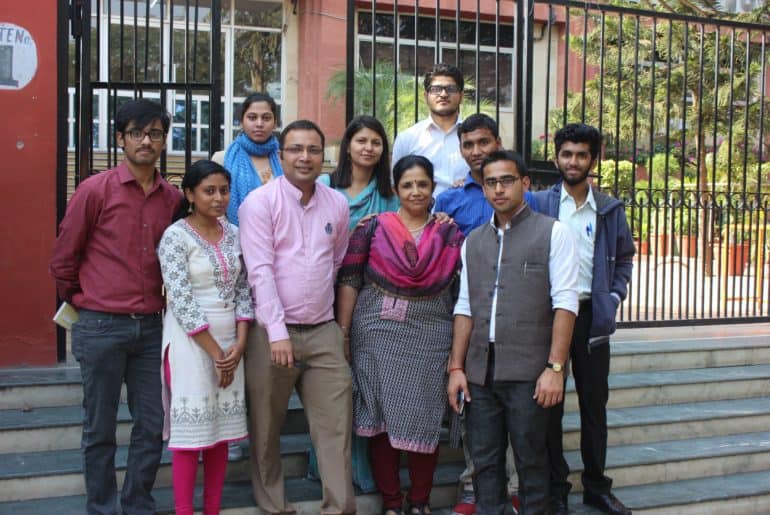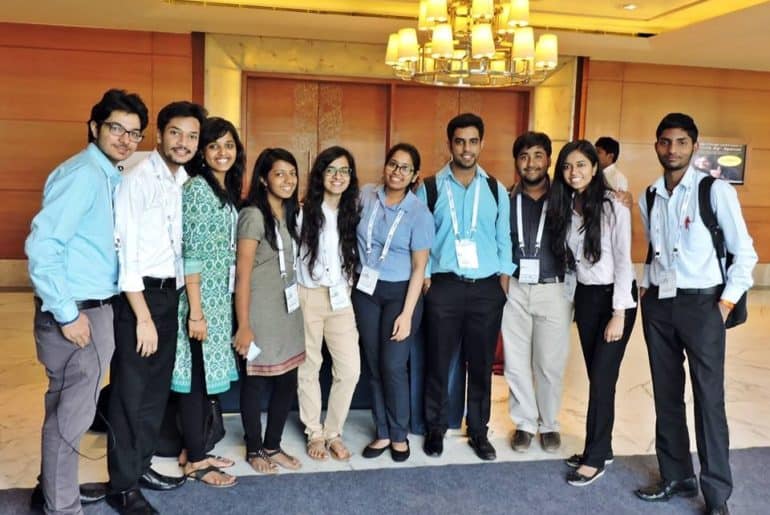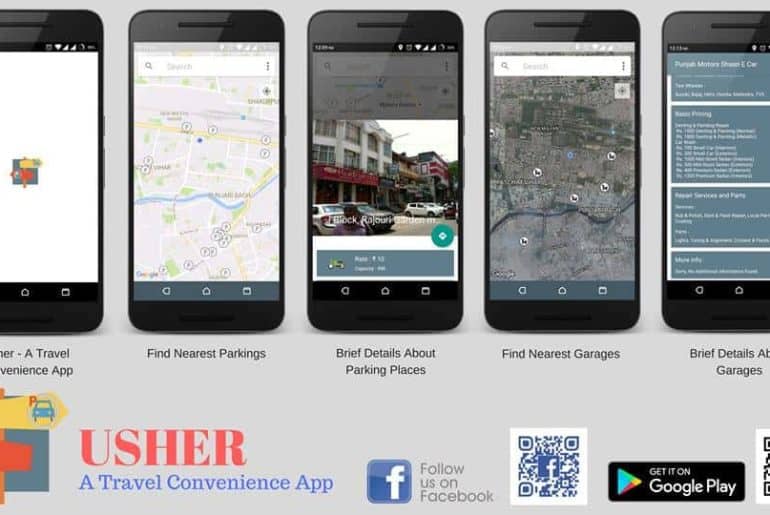It’s tempting to fall into unhealthy habits, but a balanced lifestyle is the key to a vibrant college life.
One enters college with an abundance of excitement, hope, and the most fun of them all, freedom. While this freedom provides opportunities for growth, it also brings with it a sense of carelessness. When you’re no longer answerable to Mom, you let loose. In most college students, this leads to the rise of some unhealthy habits. Being able to stay in bed and Zomato all the time may seem like a dream come true at first, but it inevitably invites problems.
However, that is not the only factor that could lead to the development of an unhealthy lifestyle. It’s also easy to feel so drowned in assignments, society work, or internships that there’s no room left for exercise or any hobbies for that matter. After a hectic college day, there is nothing more inviting than your bed. With an episode of your current binge and some pizza on the side. This becomes a routine that’s hard to break out of.
“The appeal of the taste of fast food is not the only thing that has kept me in the habit of ordering in almost every night. It’s also very convenient to not have to prep or cook meals. It feels like a quick fix after a long day.” -Vansh, a second-year student
Moreover, “broke college student” is a famous phrase for a reason. When short on budget, cooking the same instant ramen pack a few different ways to get through the week is appealing. Thus, many factors contribute to the rise of unhealthy eating habits among college students. Another major problem is that of little to no exercise. It’s difficult to make time for a routine. The norm of going late to bed and having to wake up early for morning classes keeps one in the cycle of feeling tired throughout the day. Pulling all-nighters consistently and then drinking tons of coffee to survive, skipping meals, and not exercising are therefore common elements of a college student’s lifestyle. The allure of it all is heavy. But this lifestyle is unfortunately not sustainable. How do we beat it?
It’s important to start at the fundamental level and correct your basics. Build your day around a healthy sleep schedule, eat at the right time, and start incorporating at least some exercise throughout the week. As cliché as this might sound, your elders are correct. Doing this will significantly improve your quality of life and help you focus better on your goals. You don’t need some rigid instruction table to help you achieve all of this. Start slow and be soft with yourself. It’s also okay to maintain some flexibility. You do not need to cut Netflix or McDonald’s out of your life (duh, how could we ever?). Just practice moderation with it.
“After college hours, it feels unsafe for me to travel to and from a gym in the city. So, I’ve made it a point to wake up a little extra early in the mornings to do yoga. This way I get some exercise done every single day.” -Gauri, a second-year student at KNC.
While waking up early is definitely not the best suit for many of us, here are some things that you can do to start living a better and healthier life. When you get hunger pangs at odd hours, have fruits for snacks instead of reaching for a packet of chips. They’re yummy and healthy, plus super convenient to grab. Replace your caffeinated beverages with better alternatives that also serve as a refresher, such as milkshakes. When you do need to order in, pick healthier options as opposed to fast foods. For exercise, try to include movement in the little day-to-day tasks. Walk around on your study break instead of sitting in bed. Take the stairs instead of elevators wherever possible (the metro station maybe?). Discover a safe road/park near you and go for the occasional walk while on the phone with family or friends.
There are innumerable little ways you could create a better lifestyle for yourself. Making conscious choices regarding nutrition and exercise will take care of you both physically and mentally, improving academic performance and overall quality of life. Pave the way for a balanced and fulfilling college experience that sets you up for success in the long run. Cheers to doing better!
Featured Image Source: Pinterest
Read also: Health and Wellness Guide for Busy College Students
Arshiya Pathania













